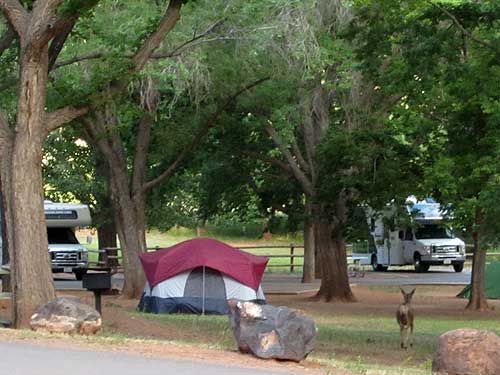
A deer wanders through the campground before people awake.


Just before exiting the park on the eastern side was a small building. In 1882, Elija Cutler Behunin built this cabin to live here with his family... a family of 10! They only stayed a short time until the rising river washed out their crops.

The parents and the two smallest children slept in the cabin; the boys slept in a dugout in the cliff, and the girls slept in an old wagon box.

Peeking inside the tiny building. At one time, braided rugs covered the dirt floor.

There was a fireplace to cook in but they probably ate outside.




This Ten-Lined June Beetle clings to the squeegy I was going to use to wash my car windshield at a gas station. This is a male since the females have much shorter antenna.
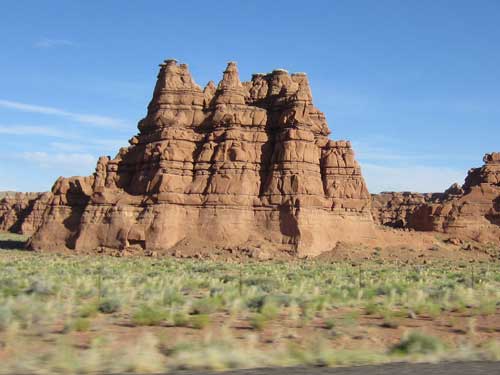
I arrived at my next destination... Goblin Valley State Park.

Wild Horse Butte

The visitor center
Three cowboys searching for cattle were among the first to discover this secluded valley in the late 1920's. In 1949, one of these men, Arthur Chaffin, returned and named it Mushroom Valley. He spent time exploring and photographing the strange rock formations. Despite its remoteness, visitors began to arrive. Eventually the state of Utah acquired the area and set up a state park to protect it in 1964.

This area used to once be a wet tidal flat. Sand, silt and clay eroding from western highlands were re-deposited here from 170 to 145 million years ago in seas, shorelines and river channels. Over time, more sedments were deposited on top of the tidal flat layer. Gradually the underlying sediments compacted and cemented to become sandstone, siltstone and shale... producing the Entrada Formation.

The location of Utah some 170 - 145 mya
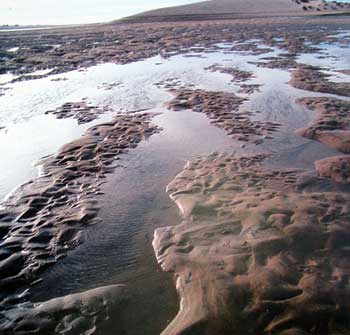
Tidal flats
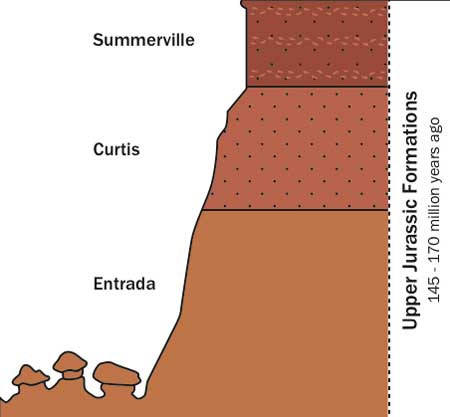
What are the goblins and why did they form here? Goblins is just the local term for hoodoos, which are tall, distinctive-shaped chimneys of rock. The difference between hoodoos and pinnacles (or spires) is that hoodoos have a variable thickness whereas a spire has a uniform tapring shape. Along with Bryce Canyon National Park, Goblin Valley State Park has some of the highest concentrations of hoodoos in the world.
Why are there no hoodoos in Arches National Park, for example? It's also a dry desert in Utah. The difference has to do with how the rocks were originally formed. Arches was was dry and covered in sand dunes... so mostly hard sandstone. As it erodes, it forms fins and arches. Here the primary cause is from alternating layers of hard sandstone and softer siltstone.

1 - The goblins start as horizontal layers of sandstone with many vertical fractures at right angles to each other. These fractures form zones of weakness.

2- The edges and corners of the fractures are rounded by erosion, a process called spheroidal weathering.

3 - Above and below the layers of sandstone are softer layers of shale and siltstone. These erode faster, turning into pedestals below the cap rock of sandstone.

4 - Minerals precipitated during burial hold the rock together. Variations in amount or type of this mineral cement is what contributes to the unusual shape of each individual goblin.

A warning was posted for this evening. Apparently strong winds are not uncommon here. Without trees or mountains, there is little to block it.
I headed out to the Valley of the Goblins. There aren't really any set trails... one is allowed to just wander through the several valleys. I wandered around different sections of Valley 1 and into Valley 2.
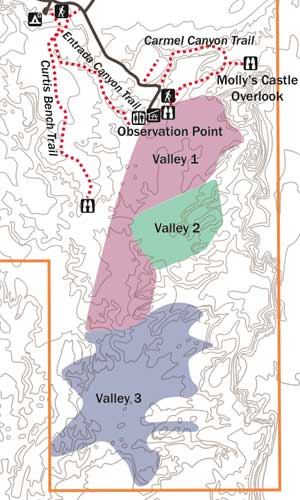

A satellite view. All the little dots are goblins!
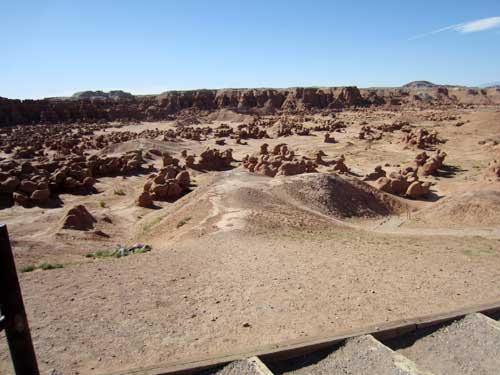
The view from the observation deck over the first valley

A person...
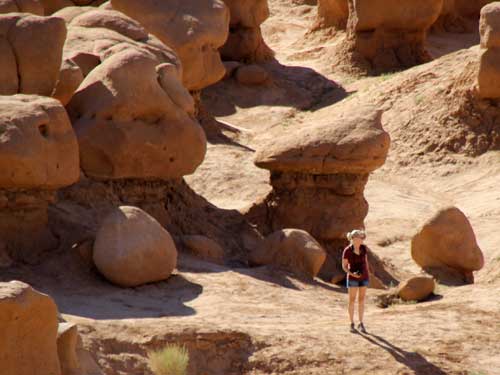
... for scale.

The Side-blotched Lizard can be identified, as the name implies, by the dark spot on its side just behind its forelimb.

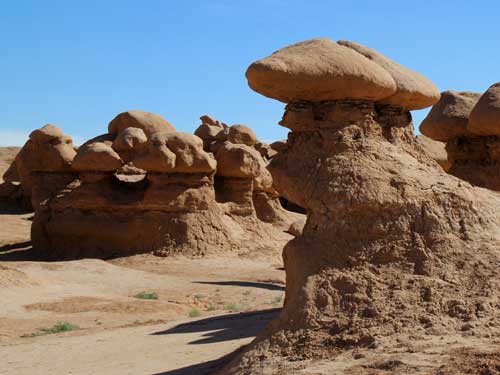
The sandstone cap rock is very distinctive.

The tracks of many small critters.
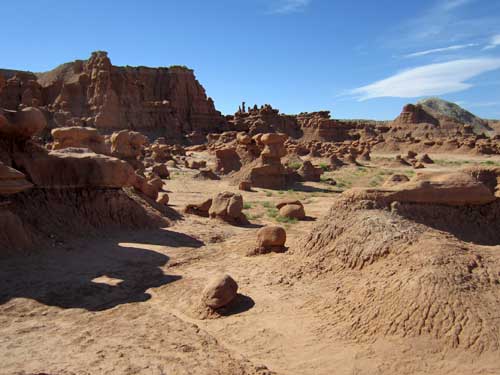



Clear layers of harder sandstone versus the softer siltstone

And again



